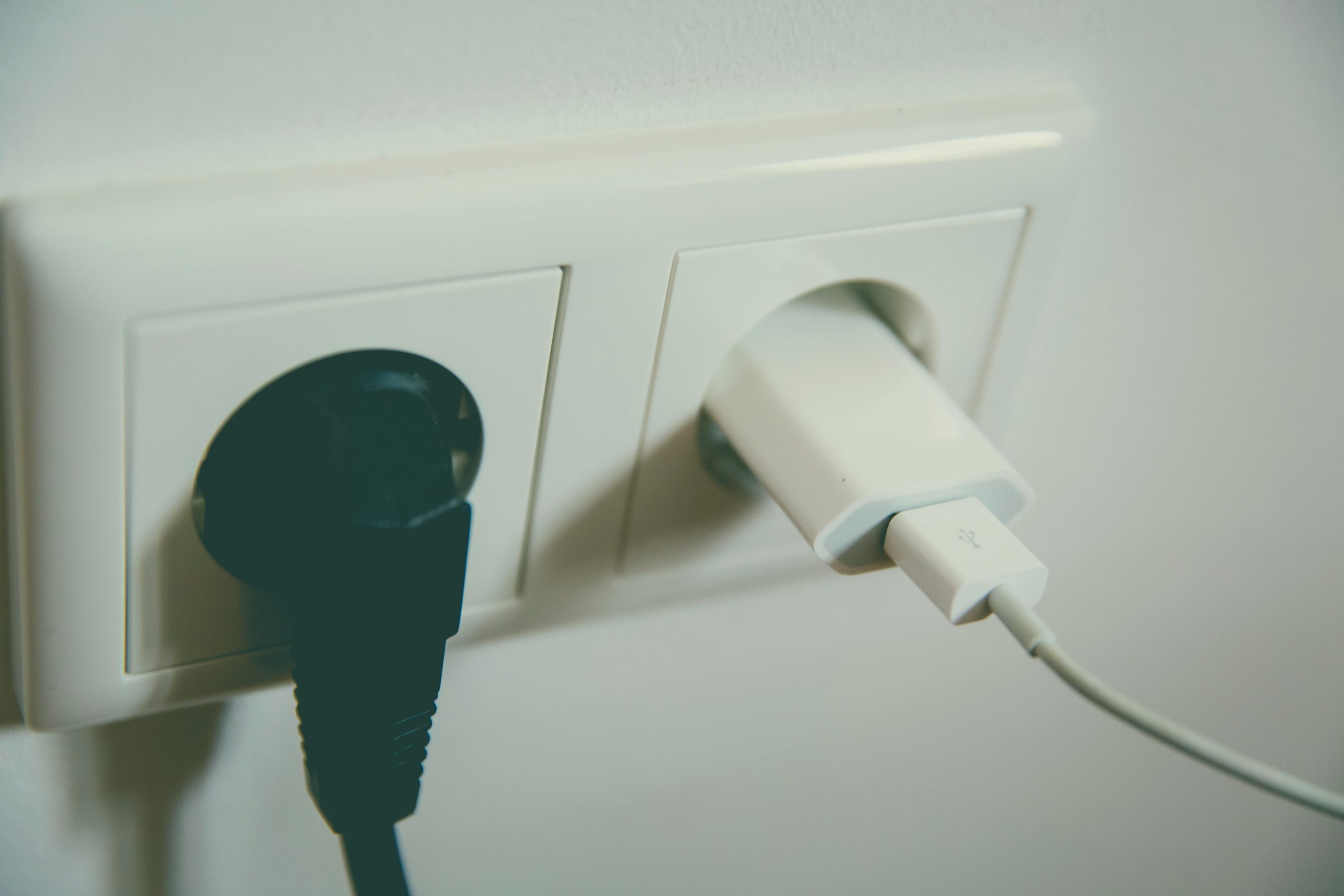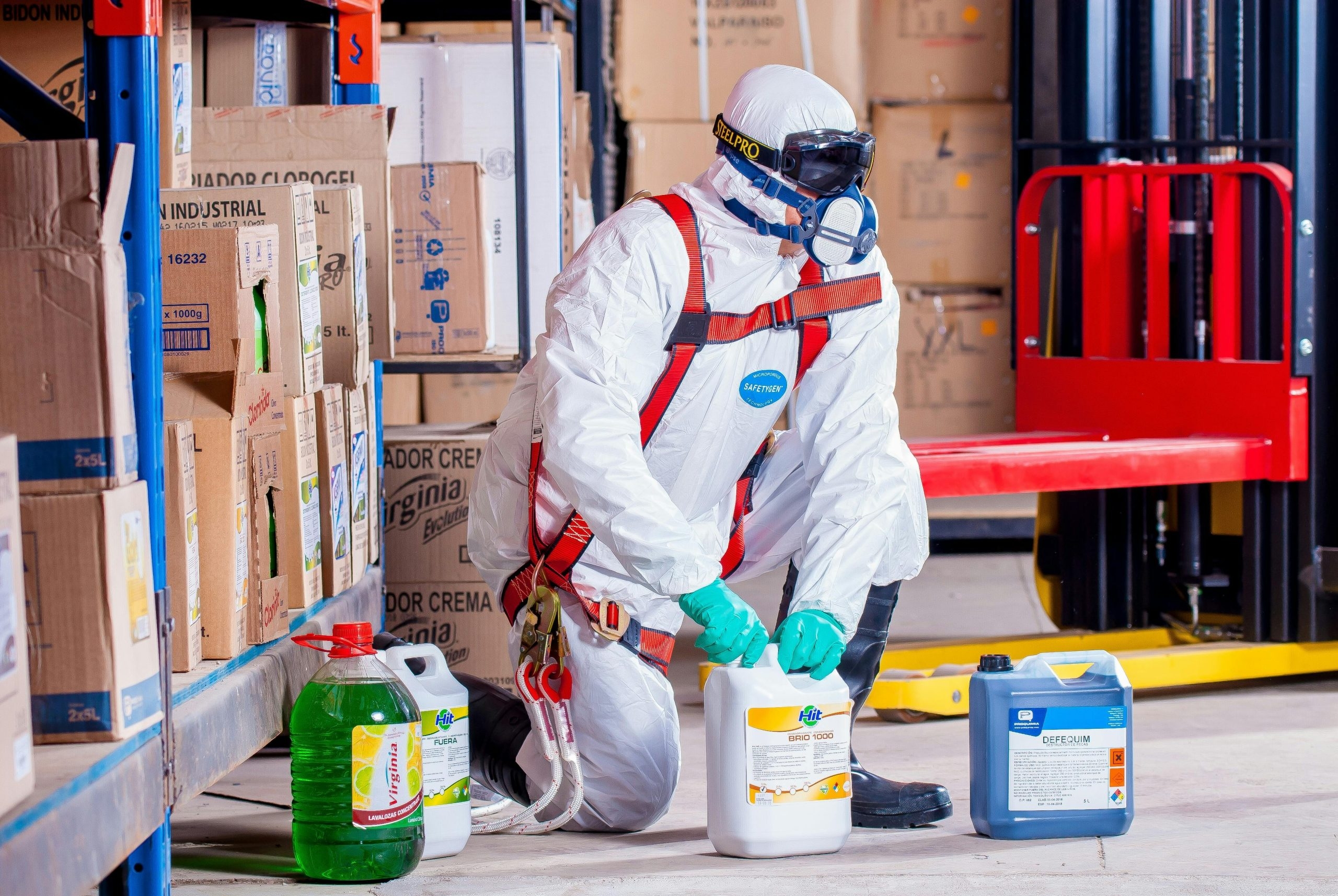If there is one single workplace Health and Safety issue that can affect most employees, it could well be Work-Related back pain.
As an employer we must protect our employees from the risks of developing back pain caused by work activities. Together, employers and employees can take simple steps to manage back pain in the workplace and in this short article, we shall look these steps.
A Quick Overview
Work-related back pain is prevalent and often debilitating that can affect any employee across a wide variety of sectors and industries in the UK. Not only do employers have a legal obligation, but we also have a moral obligation to ensure the health, safety and welfare of our employees. Additionally, they are sound financial reasons for effectively managing the risks of work-related back pain.
Understanding the Legal Framework
The principal piece of H&S Legislation in the UK is the Health and Safety at Work Act, this act allows the UK Government to introduce the specific legal requirements on areas of risk such as the Manual Handling Operations Regulations and the Management of Health and Safety at Work Regulations. These regulations do not just lay out an employer’s legal duty, they are usually accompanied by specific guidance on how to comply. A quick and simple example of this the regulations provide specific guidance on the safe handling of loads, including lowering, pushing and pulling.
What are The Causes of Back Pain at Work?
To help understand what action is needed, let’s look at some of the more common causes. We will cover in more detail later why we should also think about employees we know already suffer from back pain as some task/activities can make existing back pain worse.
- Lifting heavy, or bulky loads.
- Carrying loads incorrectly or awkwardly.
- Pushing, pulling or dragging heavy loads.
- Carrying out manual handling tasks in awkward places.
- Repetitive tasks such as packing products or on production lines.
- Bending, crouching or stooping.
- Stretching, twisting and reaching.
- Being in one position for prolonged periods.
- Working beyond one’s capability (each individual has varying capabilities for varying reasons) or when physically overtired.
- Poor posture when working with Display Screen Equipment (DSE).
- Driving long distances without regular breaks or over rough ground especially when a seat is not or cannot be properly adjusted or when operating heavy mobile work equipment e.g., excavators and forklift trucks.
Key Steps in Managing Back Pain:
Risk Assessment
- Avoid obvious work activities that can cause back pain where reasonably practicable.
- If the work cannot be avoided, then a risk assessment should be undertaken to identify what steps can be taken to reduce the risk of back pain.
- Once you’ve decided on the control measures, implement them and monitor their effectiveness and that they are being applied and review them periodically.
- When carrying out your risk assessment refer to the guidance we discussed earlier along with the additional guidance published by the Health and Safety Executive (HSE) on the subject and depending what sector you are in you will often find guidance published by trade bodies, industry in general and the NHS. Additionally, as part of your risk assessment process you should consult your employees as their knowledge and experience can be invaluable and remind them that they should report any health and safety concerns to their Supervisor or Manager.
Training
Information, Instruction and Training for employees detailing the hazards and risks that can lead to back pain along with instruction on safe lifting techniques will help reduce the risk of back pain.
Generally Managing Risk of Back Pain in the Workplace
To re-emphasise the previous section, managing H&S in the workplace is a systematic process and reducing the risk of back pain is no different, we generally aim to comply with Health and Safety Regulations (the law) and associated codes of practice and the guidance which support these regulations and codes of practice. If we focus on the most relevant regulations we covered earlier, it will be clear what we need to do.
- By identifying the activities that can cause back pain it can help us decide whether these activities can be avoided, or can they be altered in a way that reduces the risk of back pain?
- Consult with your employees for their input, given the first-hand knowledge and experience of the work they do, they can make meaningful suggestions on how to carry out work safely.
It is a legal requirement for employers to consult with their employees on Health and Safety Matters?
In short Yes
- Consider and discuss on how you can make jobs easier, a simple solution for example could be to use a barrow for moving loads. They are many modern, easy to use devices like barrows and lifting aids on the market these days that can be used to reduce the risk of back pain.
What to be Cautious of as an Employer Regarding Employee Back Pain?
If you use lifting aids and other handling equipment, you must ensure that they are used properly and maintained and inspected in accordance with the manufacturers recommendations and any relevant regulations such as the Provisions and Use of Work Equipment Regulations (PUWER) and the Lifting Operations, Lifting Equipment Regulations (LOLER).
- Beware of signs among your employees for signs of back pain such as reluctance to carry out a particular task, for example retrieving a ream of paper from a box of paper.
- Encourage your employees to report back pain problems as early as possible to you, this will help to provide the correct help to prevent the problem from getting any worse.
Fact!
People with back pain usually fully recover if the problem is recognised early and is properly treated. Think how this could reduce or prevent non-recoverable costs to your business.
In additional to the information, instruction and training you would provide to employees under your duties as an employer, there is evidence-based advice available from the NHS about preventing back pain in the workplace.
If you are aware of employees who already have back pain, inform them about the NHS advice on treating back pain and encourage them to use the advice as back pain can sometimes be a sign of a more serious condition.
Did you Know?
The NHS can provide other useful advice for workers on workplace health matters.
Other Things You Can do To Support Your Employees to Prevent Back Pain
Back pain is one condition among a group of conditions known as Musculoskeletal Disorders (MSDs), these disorders can be made worse by work and where there is a risk of musculoskeletal disorders in your workplace you can opt to introduce a health monitoring programme.
Baseline and regular health monitoring identifies early symptoms employees may have certain adverse MSDs. Legally, you do not have to do health monitoring, but if you are in an industry where MSDs are known to be prevalent and you wanted to do something about a problem you may have, the information collected through health monitoring can make you aware at an early stage of any issues your employees have. This can be useful to employers as it can allow for decisions to be made to introduce suitable controls by way of new processes and tasks for example.
This route of planned prevention will generally involve entering an arrangement with an Occupational Health provider on how to set up and progressively manage and monitor the system.
We hope this brief insight into work related back pain has been informative and has highlighted any potential issues you may have as an employer and how you can start addressing those issues through effective Health and Safety Management.






